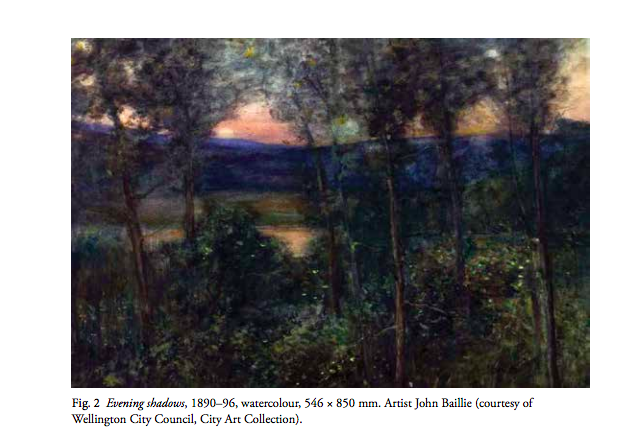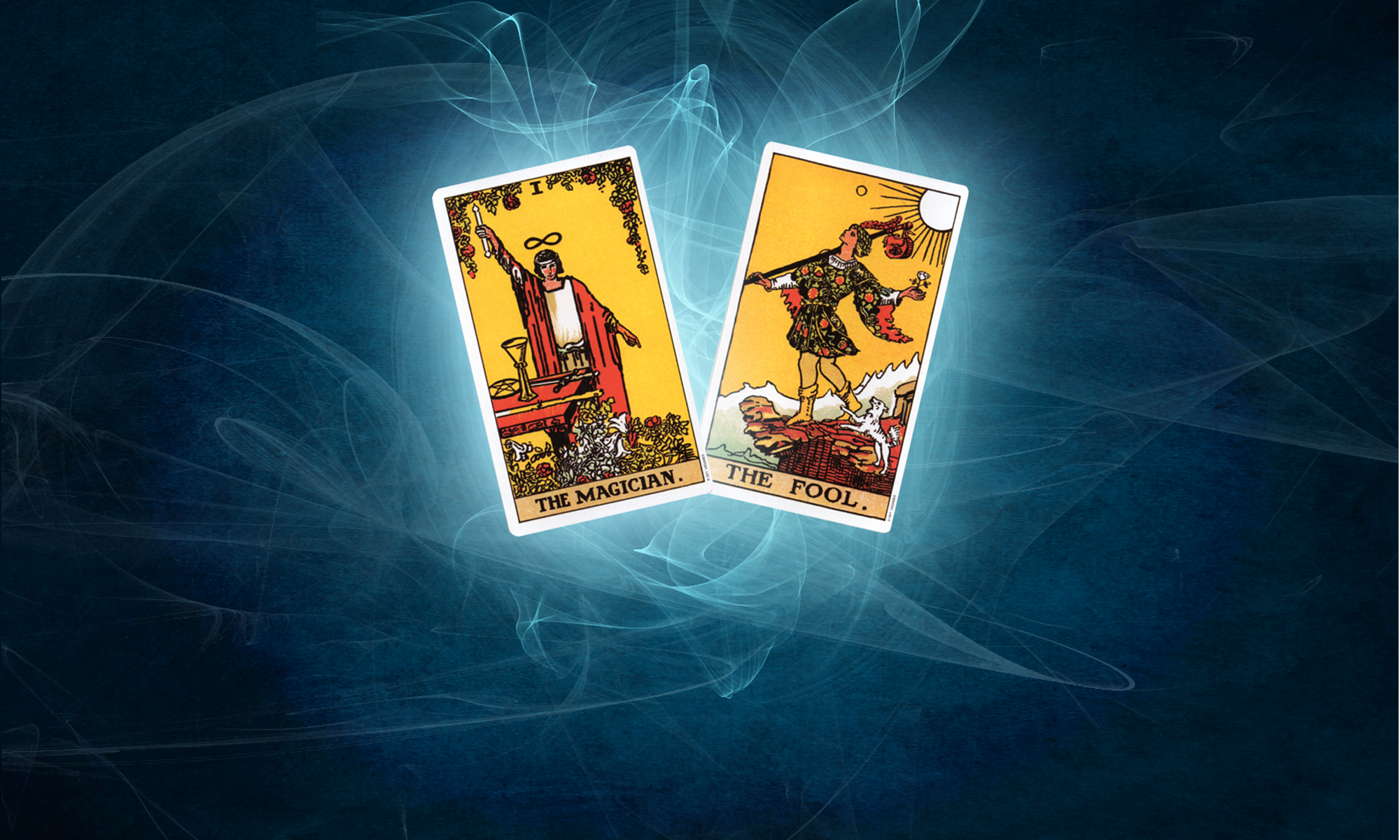Mystique: a fascinating aura of mystery, awe, and power surrounding someone or something.
In this day and age of the electronic footprint following every detail of one’s life, from meals to social activities and liaisons, it is a rare experience to investigate the hidden tracks of a person’s life. Women during the Victorian time were encouraged only to be documented in the newspapers three times in their lifetimes: birth, marriage and death. And, often times, were only known as Mrs. So-and-So from marriage onwards, their maiden names being shed in matrimony.
In researching the life of Pamela Colman Smith, it has been a frustrating delight to follow countless leads as to her life from 1878-1951. Her artwork lives on in her Waite Smith Tarot cards, her paintings and numerous artwork pieces are revealed from time to time, but the actual participants in her life all passed away by the time I was on the trail to learn about this fascinating person. She had so many diverse and far-reaching environments to draw from: Jamaica, Brooklyn, Victorian England, Edwardian London and the west coast of the United Kingdom, Cornwall. The strata of family and friends ran the gamut from politicians to art gallery owners to theatre people to devout Catholics.
Even today there was an ‘Ah ha!’ moment in researching Pamela’s life. Her first showing in 1907 was at an art gallery held in an attic managed by Alfred Stieglitz at 291 Fifth Ave in New York City. She had also met John Baillie in London, who had started out as a painter in New Zealand and tried his hand as art gallery manager in London. John didn’t try to compete with the old-fashioned, well-established galleries at the time. He opened up his living quarters as a ‘salon’ and 50-60 guests would come through to look at the artwork staged at his quarters. One of his exhibits was called the ‘Neglected Artist’ exhibition. Artists from England and those he had known in New Zealand were among those shown. Here is a watercolor John Baillie did early in his painting career:

John Baillie is not recorded as having exhibited any of Pamela’s work, but Gordon Craig’s is listed as a contributor. Gordon Craig was Ellen Terry’s son and, for a while, Ellen was like surrogate mother to Pamela. John Baillie’s connection to Pamela is interesting to follow for another reason; his sister, Rosa Baillie, became one of Pamela’s best friends. Rosa had followed her brother to London from Wellington, New Zealand and became part of the art world that Pamela was associating with at that time. John was a very enterprising and driven young man. In 1903, he had ten exhibitions listed in the Albert and Victoria Museum. John eventually returned to Wellington but because of his experience and knowledge of British painting, Baillie was commissioned to organize two substantial art exhibitions that toured New Zealand. Rosa stayed in London and went on to marry there. She and her husband, before he went off to fight in WWI, were known to spend time with Pamela. Rosa went on to have a family and move out of London, some of her descendants inherited the name ‘Pamela’.
The connection between John Baillie and Pamela was over, I thought, until today. I found an article on John’s career as an art promoter in Wellington when he left London. The article described how in 1914, Ellen Terry happened to be touring in Austraila and New Zealand and attended one of John Baillie’s exhibitions. She is quoted as saying, “She confessed she had to rub her eyes to remove the idea that she was in a Royal Academy “show”, at any rate in London or Paris, instead of 13,000 miles away and all blue water between them.” She then urged everyone she met during her tour in Wellington to attend John Baillie’s show. Later, in July of that same year, WWI started and Rosa, Pamela and Ellen’s lives were forever changed. The bombings in London by zeppelins destroyed the livelihoods they were trying to create. But from Pamela’s friendship with John and Rosa Baillie, Ellen Terry appeared in New Zealand, promoting John’s work. And was Pamela the connection there, or was it because John had earlier presented Ellen’s son, Gordon Craig, in London that Ellen was praising him so? That is part of the delicious mystique of writing a series about Pamela Colman Smith; the complexity and silence surrounding her worlds make for fascinating sleuthing. Here is the article on the career of John Baillie:
https://www.tepapa.govt.nz/sites/default/files/tuhinga_28_mackle.pdf
Below is a link to an interview I recently did with Brigit Esselmont @biddytarot. It was delight to talk with her about one of my favorite subjects: Pamela Colman Smith.
https://www.biddytarot.com/btp117-secret-life-pamela-coleman-smith/
